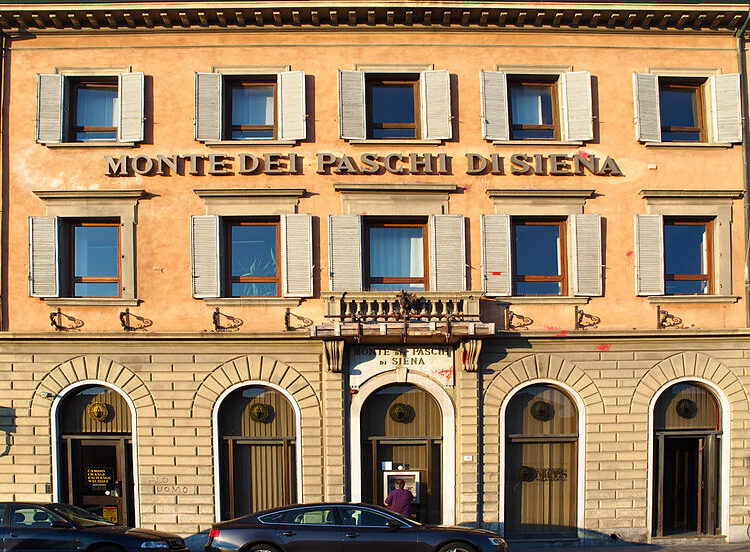Groundbreaking study reveals fish-skin grafts as a game-changer for diabetic foot ulcers!
- Kerecis’s fish-skin grafts significantly outperform standard care for diabetic foot ulcers.
- The study involved 255 patients across 15 care centers in four countries.
- At 16 weeks, 44% of ulcers treated with fish-skin grafts healed compared to 26.4% with standard care.
- Fish-skin grafts led to faster healing, with wounds closing approximately two weeks earlier.
- The study, named Odinn, is the largest randomized controlled trial on this treatment to date.
Kerecis, a leader in utilizing fish-skin and fatty acids for tissue regeneration, has announced significant findings from a groundbreaking study published in the New England Journal of Medicine Evidence. This study, the largest of its kind, involved 255 patients across 15 care centers in four countries and focused on the effectiveness of fish-skin grafts in treating diabetic foot ulcers (DFUs) that expose bone and tendons. The results showed that fish-skin grafts not only outperformed the standard care but also provided faster healing times. At the 16-week mark, 44% of DFUs treated with Kerecis fish-skin grafts had healed, compared to just 26.4% for standard care. This trend continued at 24 weeks, with 55.2% of fish-skin graft-treated wounds healed versus 37.8% for standard care. The study, named Odinn in honor of the Norse god of healing, highlights the potential of fish-skin grafts to redefine treatment standards for complex DFUs, which are serious wounds that can lead to severe complications, including amputations. Kerecis’s CEO, Fertram Sigurjonsson, expressed pride in the study’s findings, emphasizing the company’s commitment to transforming wound care and improving patient outcomes. Healthcare providers are encouraged to explore these findings further at Kerecis’s website.·
Factuality Level: 8
Factuality Justification: The article presents a well-researched study on the efficacy of fish-skin grafts for treating diabetic foot ulcers, supported by statistical data and expert opinions. However, it includes promotional language and quotes from company representatives that may introduce bias, slightly affecting its objectivity.·
Noise Level: 8
Noise Justification: The article provides a detailed account of a significant medical study on the efficacy of fish-skin grafts for treating diabetic foot ulcers. It includes specific data and results from the study, which supports its claims and offers actionable insights for healthcare providers. The article maintains focus on the topic and holds the company accountable for its claims, while also highlighting the potential impact on patient care. However, it could benefit from a more critical analysis of the implications of these findings.·
Public Companies: Coloplast (COLOb)
Private Companies: Kerecis
Key People: John Lantis (Chairman of Kerecis Scientific Advisory Board), Fertram Sigurjonsson (Founder and CEO of Kerecis)
Financial Relevance: Yes
Financial Markets Impacted: No
Financial Rating Justification: The article discusses a breakthrough study by Kerecis, a company that develops fish-skin and fatty acid products for tissue regeneration. The study shows the efficacy of using fish-skin grafts to treat diabetic foot ulcers, which could potentially change the standard of care in wound treatment. Although there is no direct mention of financial markets being impacted, this development could have long-term implications for the healthcare industry and Kerecis’s financial performance as a company.
Presence Of Extreme Event: No
Nature Of Extreme Event: No
Impact Rating Of The Extreme Event: No
Extreme Rating Justification: The article discusses a medical study on the efficacy of fish-skin grafts for treating diabetic foot ulcers, but it does not report on any extreme event that occurred in the last 48 hours.·
Move Size: No market move size mentioned.
Sector: Healthcare
Direction: Up
Magnitude: Large
Affected Instruments: Stocks
 www.businesswire.com
www.businesswire.com 





